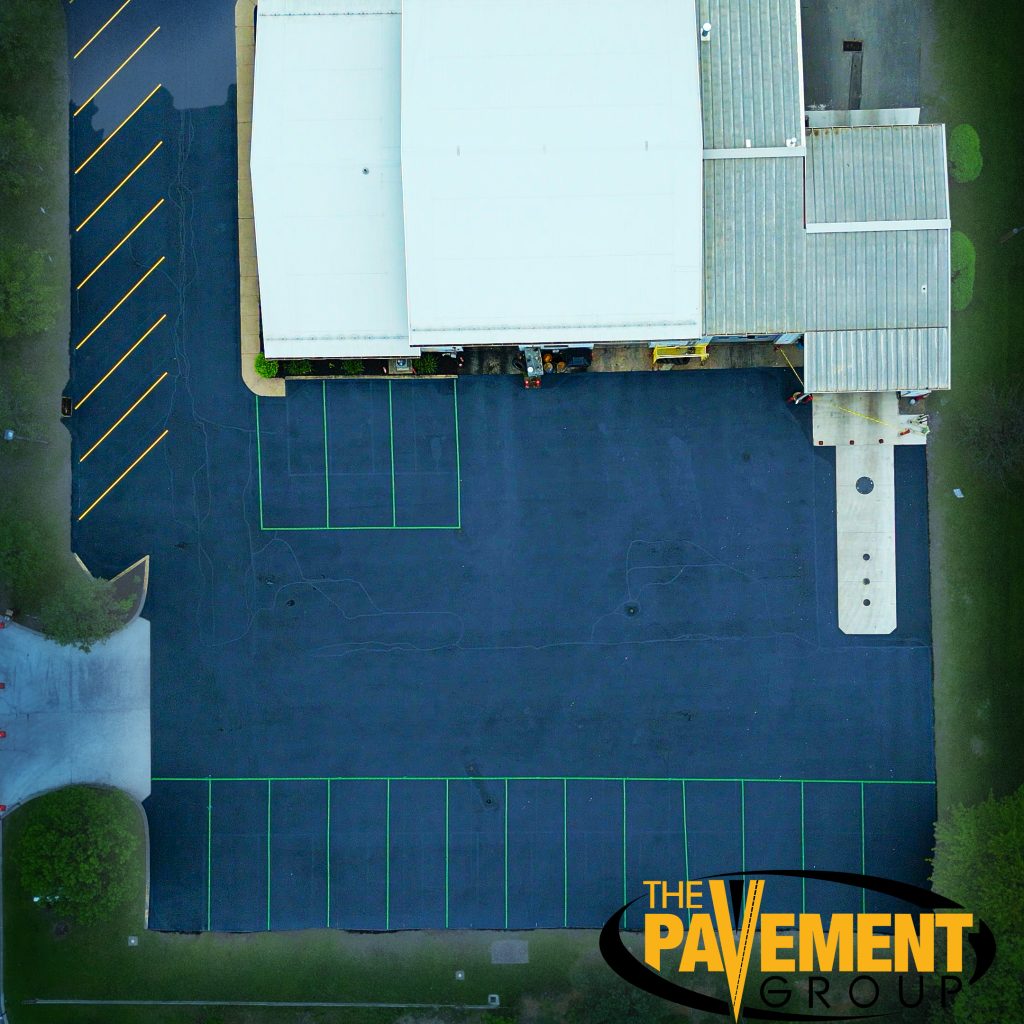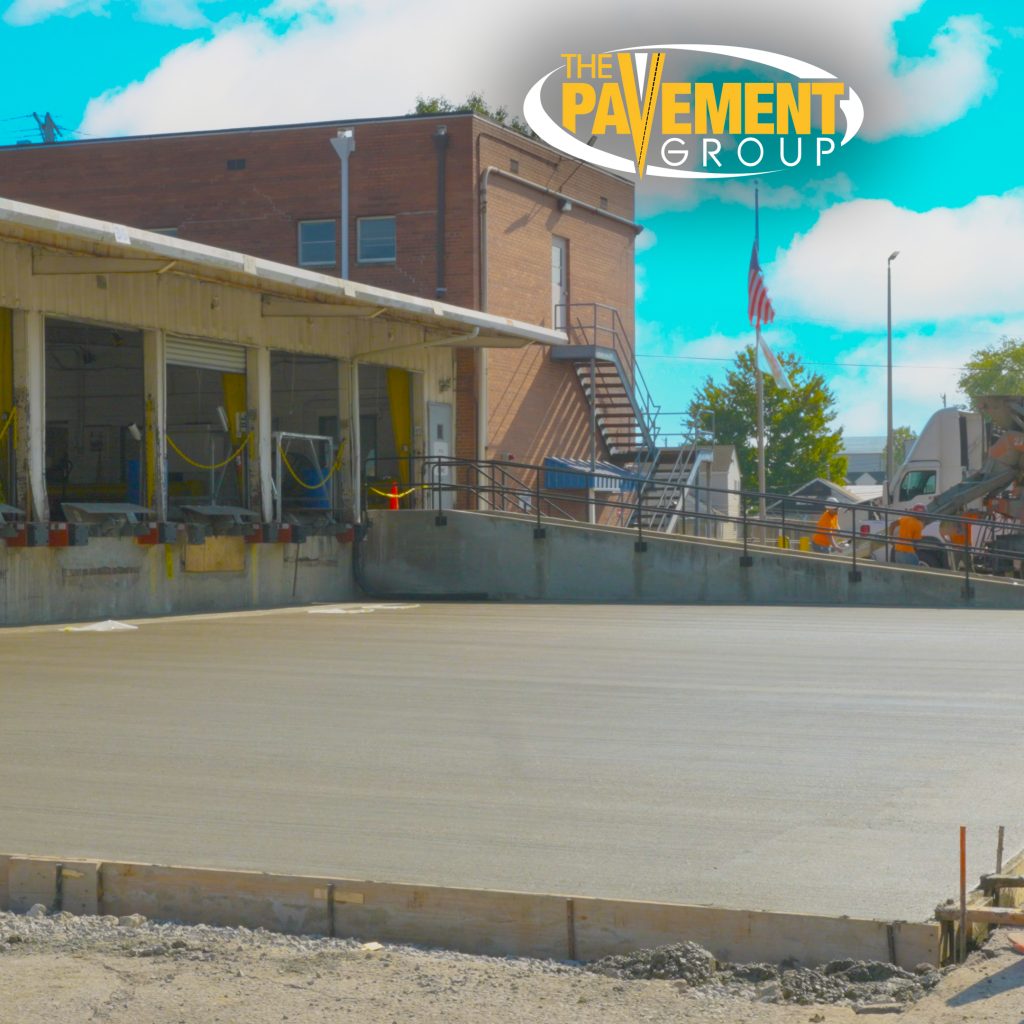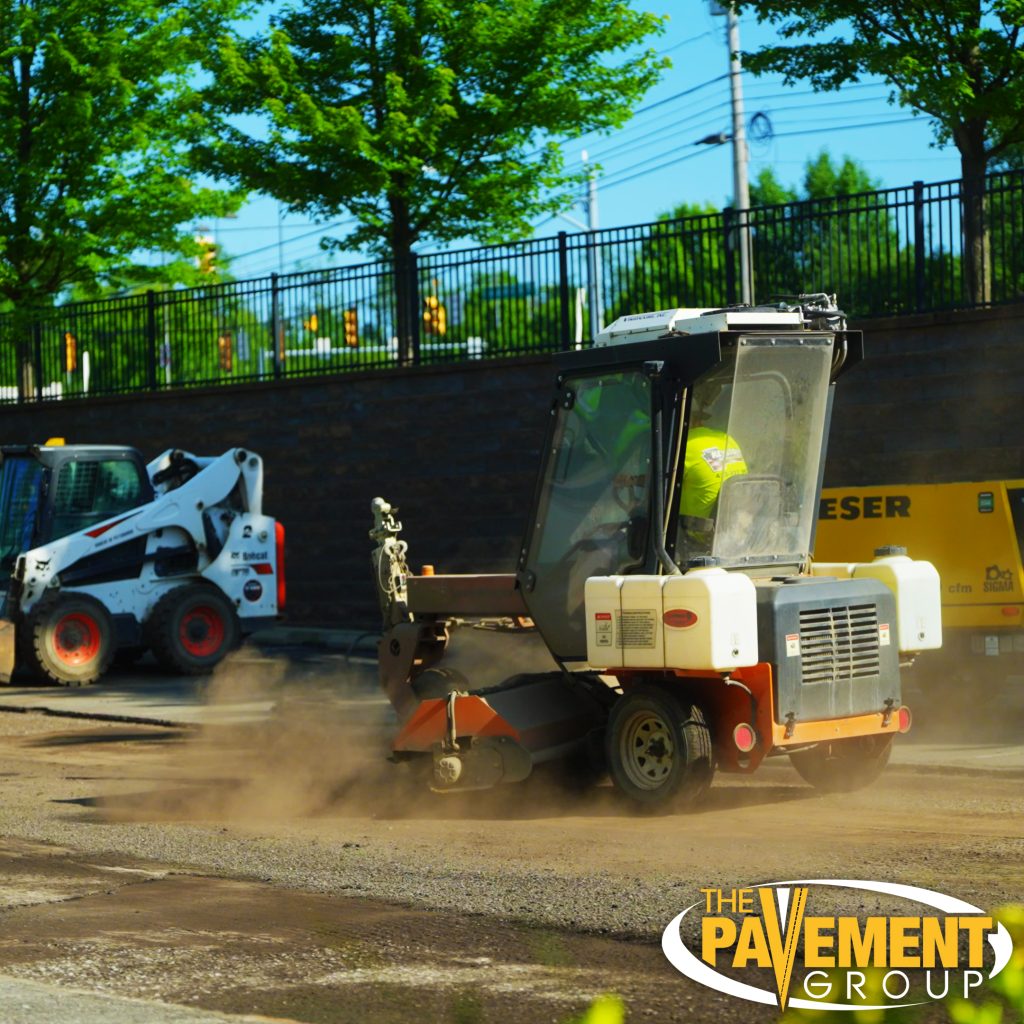It’s funny how we take pavement for granted until it starts complaining. A commercial lot doesn’t shout, but the cracks, potholes, and fading stripes are like whispers telling you something is wrong. If you’re in Pittsburgh, Chicago, Nashville, or Phoenix, you’ve probably noticed how weather, traffic, and time can wear down a lot faster than you thought. The question you’re asking now is simple but important: do you rip it up and repave the whole thing or do you save money and resurface what’s already there? That’s not just a property maintenance question. It’s a financial decision that can impact safety, liability, and even the way customers view your business. Let us discuss, which is worth between commercial lot repaving or resurfacing.
Why the Decision Matters More Than You Think
Your parking lot is often the first impression people get of your business. If they roll in and feel like they’re driving through a minefield, they’ll judge your professionalism before they even open your door. The choice between repaving and resurfacing affects:
- Customer safety since uneven pavement increases trip and fall risks.
- Liability exposure because damaged surfaces create costly lawsuits.
- Property value since a well-maintained lot adds curb appeal.
- Long-term costs because fixing the wrong way now often means paying twice later.
What Exactly Is Resurfacing?
Resurfacing is like giving your lot a facelift. Instead of digging out the old pavement, a contractor lays a fresh layer of asphalt on top of the existing base.
Benefits of resurfacing:
- Faster and less disruptive than full repaving.
- More affordable upfront than total replacement.
- Improves appearance quickly with a smooth blacktop finish.
- Extends the life of the lot by sealing cracks and creating a protective surface.
When Resurfacing Is Enough
When it comes to commercial lot repaving or resurfacing, resurfacing is a smart choice if the underlying base is still solid. Here’s when it usually works best:
- The pavement has surface cracks but no deep structural damage.
- There are small potholes that can be patched before laying new asphalt.
- Drainage is working properly without standing water after rain.
- The lot is less than 15 years old and hasn’t been resurfaced too many times.
Example: A strip mall in Cleveland recently resurfaced instead of repaving because the base layers were intact. The project took three days, cost less than half of a full replacement, and made the property look brand new.
What Does Repaving Mean?
Repaving is starting from scratch. Contractors remove the existing asphalt down to the base, repair or replace the foundation, and then install new layers of asphalt.
Benefits of repaving:
- Fixes structural issues like failed sub-base or drainage problems.
- Provides a brand-new lifespan of 20–30 years when properly maintained.
- Handles heavier traffic loads like trucks at industrial facilities.
- Eliminates recurring repair costs from patching the same problem spots.
When Repaving Becomes Necessary
Resurfacing won’t solve every problem. If you see these issues, repaving is usually the better call:
- Alligator cracking that looks like reptile skin across large areas.
- Standing water or drainage failures after every storm.
- Multiple layers of resurfacing already in place that keep peeling.
- Sub-base failures where asphalt feels soft or sunken when driven on.
- Lots older than 20 years with extensive wear.
In Detroit, a logistics company learned the hard way that commercial lot repaving or resurfacing requires careful assessment. They repaved their entire lot after resurfacing failed within five years because the base had deteriorated, and only a full rebuild could handle the weight of constant semi-truck traffic.
Cost Comparison: Resurfacing vs Repaving
Let’s be real. Budget is always a top concern.
- Resurfacing generally costs between $2 and $4 per square foot.
- Repaving can range from $4 to $10 per square foot depending on prep and base repair.
Resurfacing saves money upfront but may not last if the foundation is compromised. Repaving is a larger investment but avoids repeated fixes.
Testimonial
“Our office park in Charlotte had a parking lot that looked terrible. At first, we thought we needed to repave everything, but after an inspection, we learned resurfacing would be enough. The project took only two days, the cost was much lower than we feared, and the lot looks incredible. Customers actually comment on how much nicer it feels when they drive in.”
— Laura K., Charlotte NC
How To Decide Which Option Fits Your Lot
The smartest way to choose is to get a professional assessment. Here’s what to expect:
- Inspection of cracks and potholes to judge depth and severity.
- Core sampling to see if the sub-base is intact.
- Drainage evaluation to identify standing water risks.
- Traffic analysis to determine if heavy loads are straining the lot.
An expert will recommend resurfacing if the base is solid but cosmetic improvements are needed, and they’ll suggest repaving if deeper structural issues exist.
The Pavement Group’s Approach
We don’t just throw a one-size-fits-all answer at every client. Instead, we:
- Inspect each property carefully.
- Use technology like drone imaging and core testing for accuracy.
- Provide transparent budgets with clear comparisons of resurfacing vs repaving.
- Create phased plans so property owners can spread out investments while staying safe.
Resurface or Repave? Find Out with a Free Lot Assessment!
Waiting only makes damage worse. Cracks spread, water seeps in, and small repairs turn into expensive rebuilds. The best move is to find out exactly what your lot needs now.
Contact The Pavement Group today for a free lot assessment. We’ll help you decide if resurfacing or repaving is the right call, backed by expert guidance and a budget you can trust.
Frequently Asked Questions
1. How do I know if my commercial lot needs repaving instead of resurfacing?
If your lot has deep structural damage like base failures, widespread alligator cracking, or drainage issues, resurfacing won’t last. Repaving is necessary when the foundation beneath the asphalt is compromised. A professional inspection provides the clearest answer.
2. How long does resurfacing last compared to repaving?
Resurfacing typically lasts 8 to 15 years depending on traffic and weather. Repaving offers a lifespan of 20 to 30 years with proper maintenance. The choice depends on the current condition of your base.
3. What are the main cost differences between resurfacing and repaving?
Resurfacing costs less upfront at $2 to $4 per square foot. Repaving can cost $4 to $10 per square foot but creates a brand-new lot. Long-term, repaving often saves money by reducing recurring repairs.
4. Can every lot be resurfaced, or are there limits?
Not every lot is a candidate for resurfacing. If multiple layers are already peeling or if the base is failing, adding another layer won’t help. That’s when repaving is required.
5. Does resurfacing fix drainage issues?
No, resurfacing only improves the surface. If water pools or drainage is poor, the problem will remain. Repaving with base repair is the solution for drainage failures.
6. How does traffic type influence whether to resurface or repave?
Light vehicle traffic often allows resurfacing to work well. Heavy truck traffic or industrial use usually demands repaving. The weight and frequency of loads determine the stress on your pavement.
7. Is resurfacing just a cosmetic fix?
Resurfacing does more than improve appearance because it seals cracks and adds a protective layer. However, it doesn’t address deep foundation problems. Think of it as maintenance, not full reconstruction.
8. How can I extend the life of resurfacing or repaving?
Sealcoat your lot every 3 to 5 years, fill cracks quickly, and keep drainage clear. Routine maintenance protects your investment. A well-cared-for lot will always last longer.
9. What happens if I delay repaving when it’s needed?
Delaying can double or triple costs later. Water damage spreads quickly, causing sub-base failures that require major reconstruction. Acting early prevents bigger expenses.
10. Who should I contact to find out if resurfacing or repaving is right for me?
Reach out to a commercial paving contractor with experience in property assessments. They can inspect your lot, test the base, and recommend the best option. Choosing an expert ensures you make the right financial decision.


